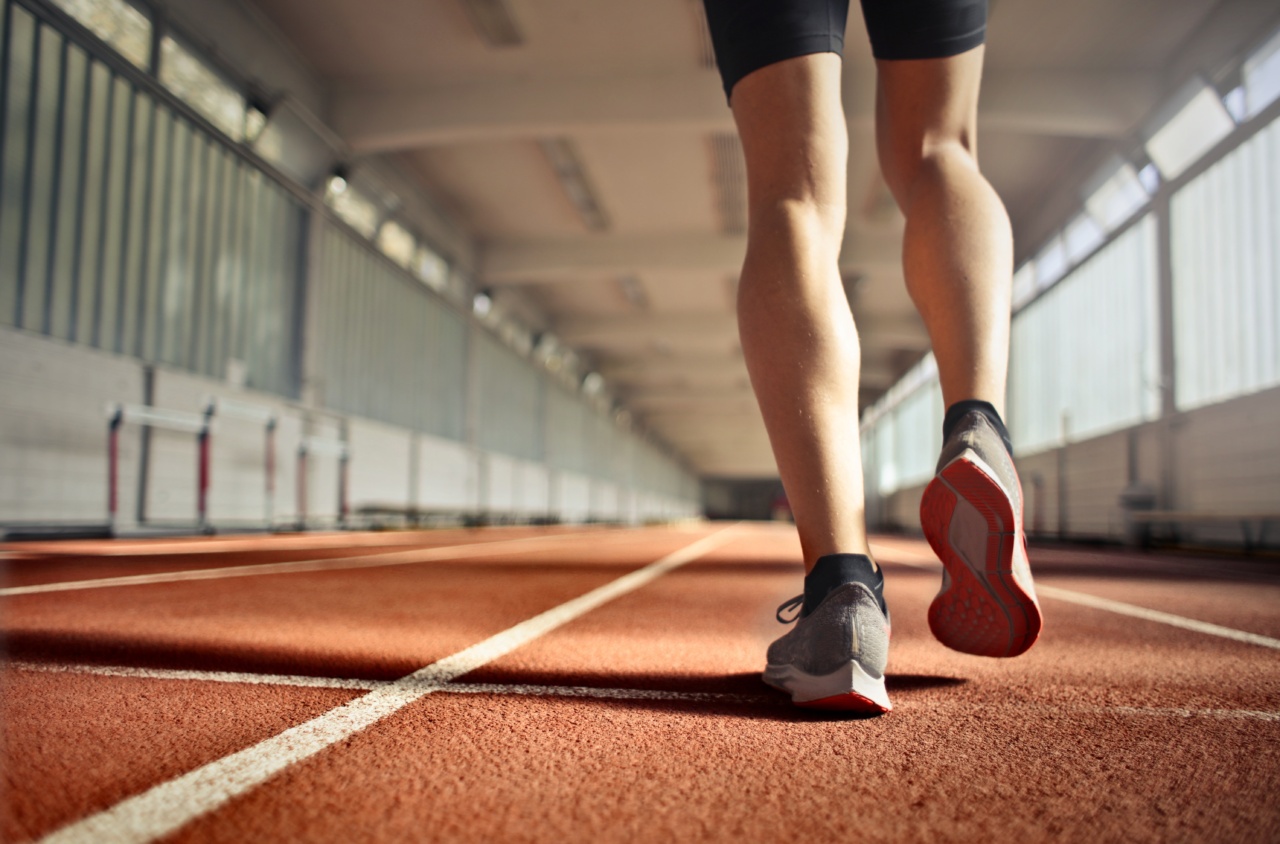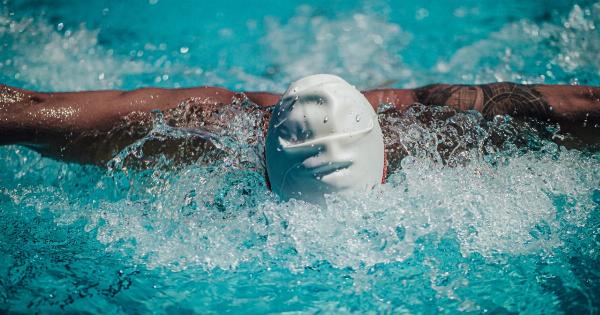Stroke is a devastating condition that occurs when the blood supply to the brain is interrupted or reduced. It is a leading cause of death and disability worldwide, with long-term consequences for individuals and their families.
While medical interventions such as medication and surgery play a crucial role in stroke management, physical activity has emerged as a promising adjunct therapy in reducing the degree of stroke and improving recovery outcomes. This article explores the impact of physical activity on stroke and highlights its potential in lessening the degree of stroke.
The Impact of Stroke
Stroke can have significant physical, cognitive, and emotional consequences. The sudden interruption of blood flow to the brain can lead to the death of brain cells, resulting in neurological impairments.
This often leads to problems with movement, speech, cognitive function, and emotional regulation. The severity of these impairments depends on the location and extent of the stroke. Additionally, stroke survivors may experience psychological challenges such as depression, anxiety, and a reduced quality of life.
Understanding Physical Activity
Physical activity refers to any bodily movement that requires energy expenditure. It encompasses a wide range of activities, including walking, running, swimming, cycling, and strength training.
Engaging in regular physical activity has numerous benefits for overall health and well-being. It improves cardiovascular fitness, enhances muscle strength and flexibility, aids in weight management, and boosts mood and cognitive function.
The Role of Physical Activity in Stroke Recovery
Physical activity has been increasingly recognized as a crucial component of stroke rehabilitation. It can positively impact various aspects of stroke recovery, including motor function, balance, cardiovascular fitness, and psychological well-being.
Incorporating physical activity into the overall stroke management plan can significantly reduce the degree of stroke and improve functional outcomes.
Improving Motor Function
Physical activity plays a vital role in improving motor function in stroke survivors. By engaging in activities that target specific muscle groups and movement patterns, individuals can promote neuroplasticity and retrain their motor skills.
Physical therapy exercises, such as range-of-motion exercises, strength training, and balance training, can help restore muscle tone, coordination, and balance. Regular physical activity can also enhance dexterity and fine motor skills.
Enhancing Balance and Coordination
Stroke survivors often struggle with balance and coordination due to the damage caused to the brain’s control centers.
Physical activities that challenge balance, such as yoga, tai chi, and specific balance exercises, can help improve stability and reduce the risk of falls. These activities promote the integration of sensory information, internal stabilization, and postural control, leading to enhanced balance and coordination.
Cardiovascular Fitness and Stroke
Cardiovascular fitness is a key component of overall health, and it can significantly impact stroke risk and recovery.
Regular aerobic exercise, such as brisk walking, jogging, or swimming, can improve cardiovascular fitness, reduce blood pressure, and enhance blood circulation. When individuals engage in physical activity that raises the heart rate, they improve the supply of oxygen and nutrients to the brain, promoting brain health and reducing the risk of future strokes.
Psychological Well-being and Quality of Life
Stroke not only affects physical health but also has a profound impact on psychological well-being. Depression, anxiety, and reduced quality of life are common among stroke survivors.
Engaging in regular physical activity has been shown to alleviate symptoms of depression and anxiety, improve mood, boost self-esteem, and enhance overall quality of life. Exercise stimulates the production of endorphins, also known as “feel-good” hormones, which can have a positive impact on mental health.
The Importance of Exercise Prescription
It is important for stroke survivors to engage in physical activity under the guidance and supervision of healthcare professionals.
Exercise prescription should be tailored to the individual’s specific needs, taking into account their physical abilities, medical history, and any existing impairments. A multidisciplinary approach involving physiotherapists, occupational therapists, and exercise specialists can ensure the safe and effective implementation of physical activity interventions.
Motivation and Adherence
Encouraging stroke survivors to adhere to regular physical activity can be challenging. Factors such as fatigue, motivation, and fear of injury may hinder participation.
Healthcare professionals, caregivers, and support networks play a crucial role in motivating and supporting individuals throughout their rehabilitation journey. Setting realistic goals, providing education and information, and incorporating enjoyable activities can help enhance motivation and adherence to physical activity programs.
Nonetheless, exercise caution and consult professionals
While physical activity has numerous benefits for stroke survivors, it is important to exercise caution and consult healthcare professionals before starting any exercise program.
The intensity, type, and duration of physical activity should be tailored to the individual’s abilities and medical condition. Regular assessments and close monitoring can ensure the safety and effectiveness of the exercise plan. Additionally, any new symptoms or adverse effects should be promptly reported to the healthcare team.
Conclusion
Physical activity plays a vital role in lessening the degree of stroke and improving recovery outcomes.
By incorporating regular exercise into stroke management plans, individuals can enhance motor function, balance, cardiovascular fitness, and psychological well-being. However, it is essential to seek professional guidance and ensure exercise programs are tailored to individual needs and capabilities.
With the right support and adequate precautions, physical activity can be a powerful tool in stroke recovery, reducing disability and improving overall quality of life.































